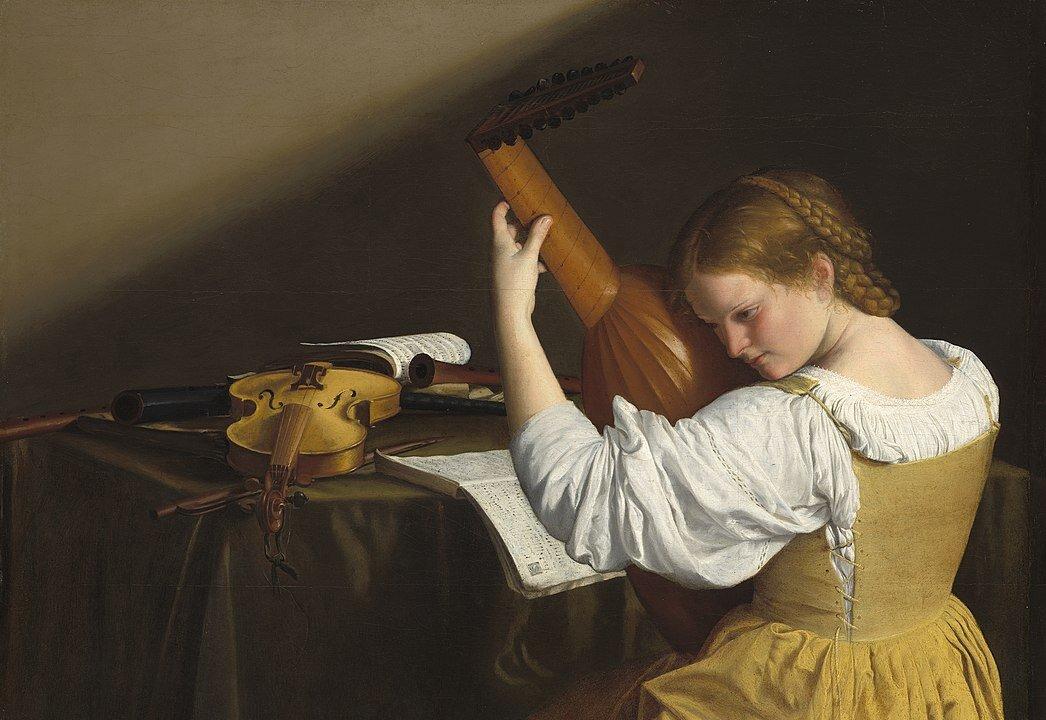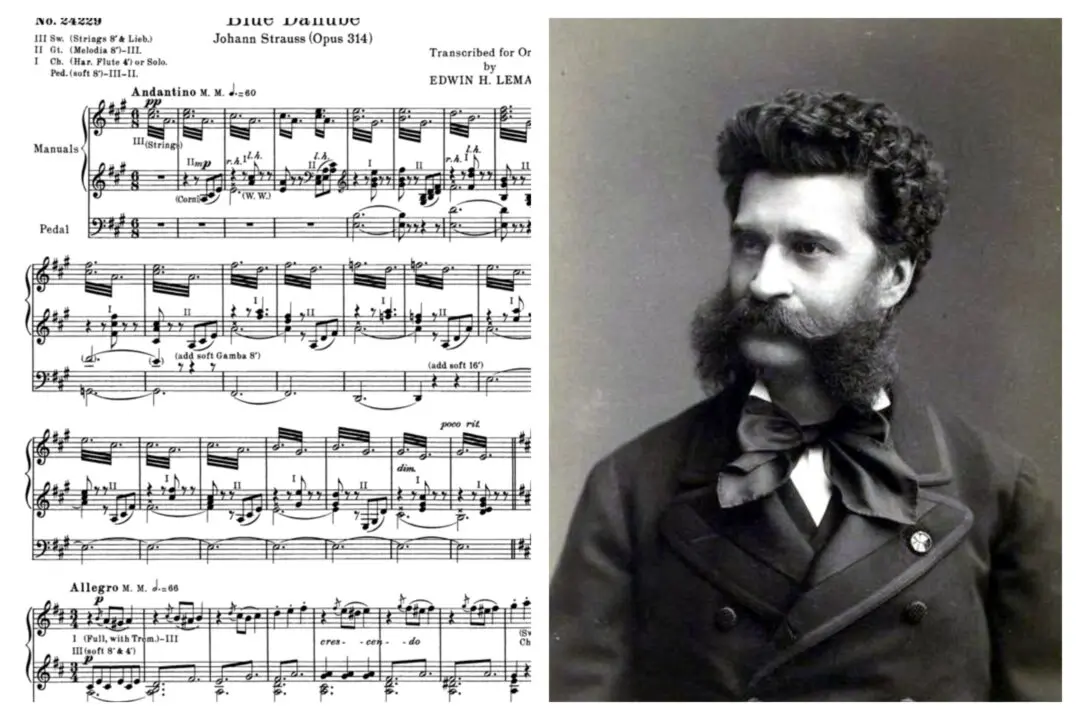A seasoned poet and classical singer, Theresa Werba has devoted her life to the rich Western musical heritage, particularly English lute songs and Baroque masterpieces.
Having studied under renowned performers like Julianne Baird and Drew Minter, Werba’s deep understanding of historical performance practice shines through in her collaborations with groups like the Hawaii Opera Theater, the Europa Early Music Consort, and the Mannes Baroque Ensemble. Her album (under the name Theresa Rodriguez), “Lullabies: Traditional American and International Songs,” reveals a musician sensitive to varying folk traditions.





